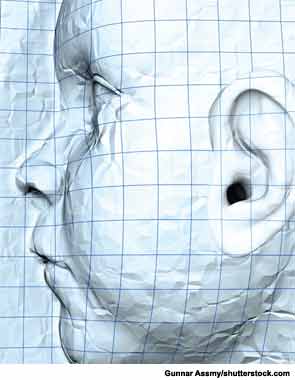What risk factors can predict 30-day unplanned readmission in hospitalized otolaryngology patients?
Reconstruction and Premorbid Occlusion Establishment Keys for HN Trauma Treatment
What are the most important lessons that can be learned for clinical application from head and neck trauma treatment in a war zone?
Elective Neck Dissection May Be Beneficial in Predicting Occult Metastasis
Is elective neck dissection beneficial for patients with oral cavity squamous cell carcinomas (SCCs) of the maxillary alveolus or the hard palate to predict occult metastasis?
HN Cancer Patients with Negative Imaging History Derive Limited Benefit from Subsequent PET-CT
What is the utility of 12- and 24-month PET-CT surveillance in detecting recurrence in patients with head and neck cancer?
US Effective Initial Localization Study in Patients with Primary Hyperparathyroidism
Can ultrasound replace sestamibi scans in the pre-operative evaluation of patients with primary hyperparathyroidism?

Further Research Needed for HPV-Related Cancer Surveillance
Otolaryngologists say more information is needed to assess utility of post-treatment PET/CT scans for patients with HPV-related cancer

Clinicians Question Usefulness of Multiple Post-Treatment PET/CT Scans for Head and Neck Cancer
Lack of evidence to measure effectiveness of repeated imaging surveillance has led to institution-specific protocols, spirited debates

Slowing the Rise of Oropharyngeal Cancers

3D Printing Emerges as Tool for Otolaryngologists
Additive manufacturing enables physicians to create tracheal stents, ears

Management of Bilateral Tinnitus and Nasal Tumor
A 53-year-old man with a one-month history of bilateral tinnitus. An MRI detected a sphenoid tumor incidentally, and a contrast-enhanced computed tomography scan revealed a partially enhanced tumor in the left sphenoidal sinus that destroyed part of the skull base.
- « Previous Page
- 1
- …
- 21
- 22
- 23
- 24
- 25
- …
- 42
- Next Page »